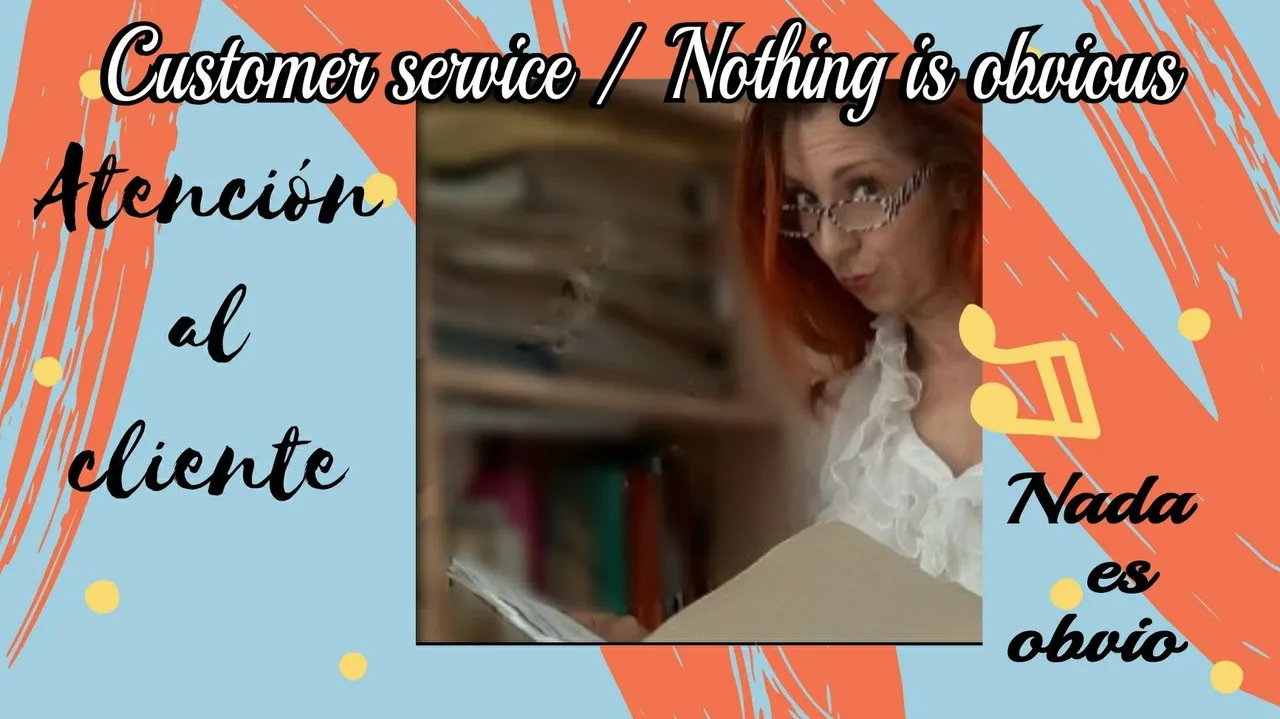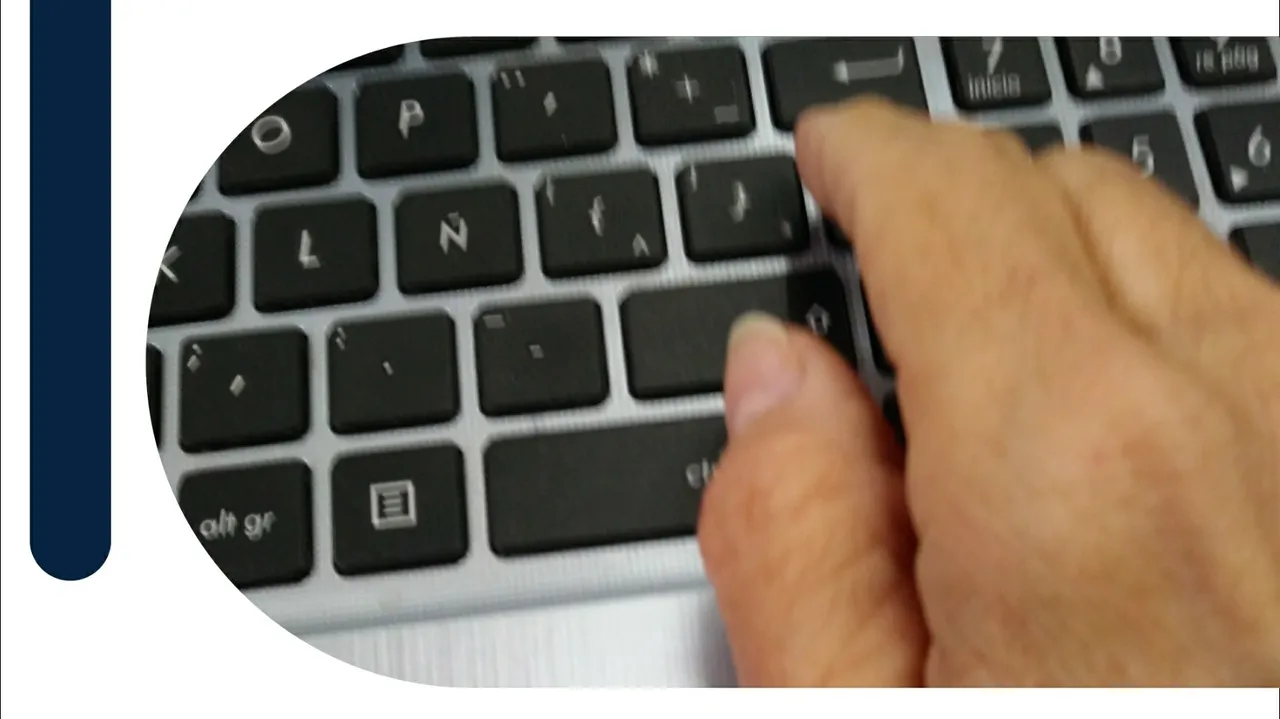Speaking of customer service
When explaining what seems obvious gives good results

I currently have a job where, in addition to doing my administrative work, I use my experience in dealing with the public.
The users of the facilities come with a very varied and sometimes surprising range of questions, however, we cannot question the category of their doubts.
I have heard salespeople and others who work with the public start a response to the customer with the word "obvious", which makes me very indignant, because if someone asks, it is because they do not have that knowledge built in.

I understand that this way of answering is the result of a lack of training in customer service, but the insolence and egocentrism implicit in a structured response with that word at the beginning does not stop bothering me.
That is why it is so important to train the staff of any company or institution.
If we are disseminators of information we should not assume that the receiver has prior knowledge.
Explaining the obvious guarantees that all the results will be as desired and that the customer will acquire the product or service with conformity, conformity that will translate into satisfaction.

Otherwise, it gives the opportunity for the result to be conditioned by the personal interpretation of the receiver, giving rise to misunderstandings and inconveniences.
When someone approaches me for a consultation, I have the habit of looking the person in the eye, bringing my body forward and listening to him or her.

There are people who come with a very clear idea of what they want to know and ask specific questions, such as:
"Is it necessary to bring this documentation on the day of the appointment?"
Never answer by prefacing with the word "obvious." If the client asks, it's because they don't know.
He probably had a previous experience where it was not necessary to bring the documents on the day of the appointment, he may have sent them in digital form.
So, simply answer the client's question with a yes or no. And if we add supplementary information related to the question, we guarantee that the client will get a good impression of the service provided.
There are other people who are shy, have no facility with words or are very disoriented and don't even know how to formulate their question.
For those cases, what I do is a brief presentation of what is done in this place (in my case the place where I work) and then I ask short and simple questions, and so I investigate the customer's need and I can guide them towards a purchase decision.
I ask questions like:
Do you want black or white?
Would you like it big or small?
Do you need it for today?
In this case, also in each answer, I incorporate additional useful information for the customer.

We must always keep in mind that when we serve the public we are carriers and disseminators of information and we have to do everything necessary for people to take it away clear and accurate, in addition to having a rewarding personal experience that will surely make them come back.
I have come across very funny cases of people who did not buy the service and yet, from time to time, they come to greet me, because the experience they had interacting with me was pleasant for them. That makes me feel very good because beyond the work commitment, the fact of being able to make a person feel good, comfortable or happy, fills me with a lot of joy.
I hope you can apply some of these tricks the next time you serve a client and that you can experience for yourself how good it feels when a person leaves happy to have interacted with you.

All photos belong to me.
Translated with www.DeepL.com/Translator (free version)
Designs: Story Maker App
Hablando de atención al cliente
Cuando explicar lo que parece obvio da buenos resultados

Actualmente tengo un empleo donde, además de hacer mi labor administrativa, uso mi experiencia en el trato con público.
Los usuarios de las instalaciones vienen con un abanico de preguntas muy variadas y en ocasiones sorprendentes, sin embargo, no podemos cuestionar la categoría de sus dudas.
He escuchado a vendedores y otras personas que trabajan con público iniciar una respuesta al cliente con la palabra "obvio", lo cual me produce mucha indignación, ya que si alguien pregunta, es porque no tiene ese conocimiento incorporado.

Yo comprendo que esa forma de responder es producto de la falta de entrenamiento en atención al cliente, pero no deja de molestarme la insolencia y el egocentrismo implícito en una respuesta estructurada con esa palabra al inicio.
Por eso es tan importante entrenar el personal de cualquier empresa o institución.
Si somos difusores de una información no debemos suponer que el receptor tiene conocimientos previos.
Explicar lo obvio garantiza que todos los resultados sean el deseado y que el cliente adquiera el producto o servicio con conformidad, conformidad que se traducirá en satisfacción.

De lo contrario, se da oportunidad a que el resultado este condicionado por la interpretación personal del receptor, dando pie a malos entendidos e inconvenientes.
Cuando alguien se acerca a mi para hacer una consulta, tengo la costumbre de mirar a la persona a los ojos, llevar mi cuerpo hacia adelante y escucharlo.

Hay personas que vienen con una idea muy clara de lo que quieren saber y hacen preguntas específicas, como por ejemplo:
"Es necesario traer esta documentación el día de la cita?"
Jamás respondas anteponiendo la palabra "obvio". Si el cliente pregunta es porqué no lo sabe.
Probablemente tuvo una experiencia previa donde no era necesario llevar los documentos el día de la cita, es posible que los haya enviado en forma digital.
Así que, simplemente responde la pregunta del cliente con un sí o un no. Y si agregamos información complementaria relacionada con la pregunta, nos garantizamos que el cliente se lleve una buena impresión del servicio prestado.
Hay otras personas que son tímidas, no tienen facilidad de palabra o están muy desorientadas y ni siquiera saben cómo formular su pregunta.
Para esos casos, yo lo que hago es una presentación breve de lo que se hace en este lugar (en mi caso el lugar donde yo trabajo) y después voy haciéndole preguntas cortas y sencillas, y así voy investigando la necesidad del cliente y puedo ir orientándolo hacia una decisión de compra.
Hago preguntas cómo:
Quieres blanco o negro?
Te gustaría grande o pequeño?
Lo necesitas para hoy?
En este caso, también en cada respuesta, incorporo información adicional útil para el cliente.

Debemos tener siempre presente que cuando atendemos al público somos portadores y difusores de información y tenemos que hacer todo lo necesario para que las personas se la lleven clara y precisa, además de que tengan una experiencia personal gratificante que seguro les hará volver.
Yo me he encontrado con casos muy graciosos, de personas que no compraron el servicio y que sin embargo, de vez en cuando, pasan a saludarme, porque la experiencia que vivieron relacionándose conmigo les fue grata. Eso me hace sentir muy bien porque más allá del compromiso laboral, el hecho de poder hacer sentir bien, a gusto o feliz a una persona, me llena de muchísima alegría.
Espero que puedas aplicar algunos de estos trucos la próxima vez que atiendas a un cliente y que así puedas tú mismo vivenciar lo bien que se siente cuando una persona se va contenta de haber interactuado contigo.

Todas las fotos me pertenecen.
Artes con Story Maker App
